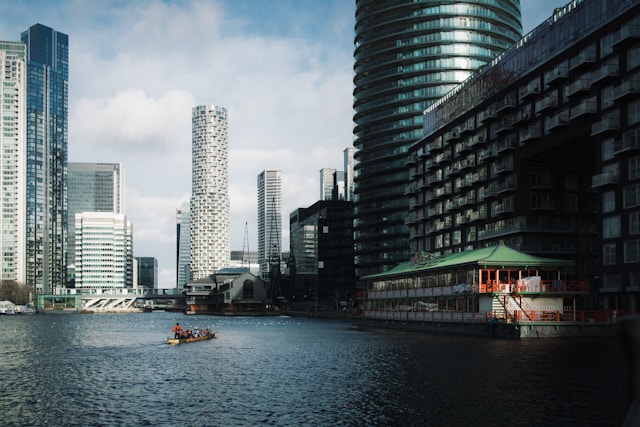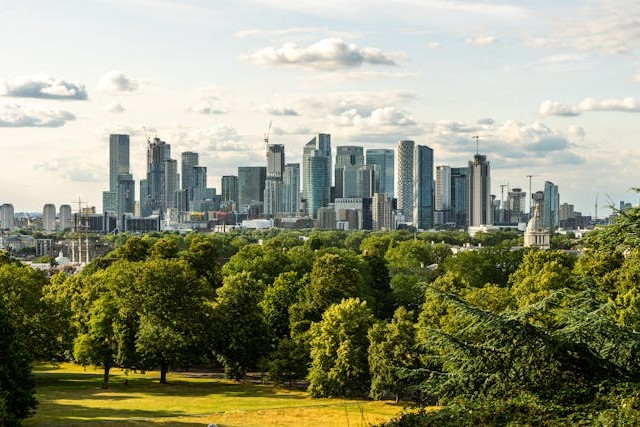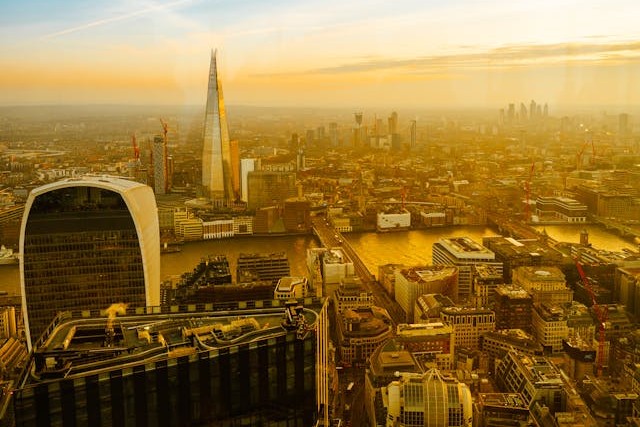
At a Glance: Comparison of Budget-Friendly Offices to Rent in London
| London Area | What You Get | Why It’s Affordable |
| Hackney | Creative hub with serviced offices & meeting rooms | Lower rent than Shoreditch, rising value |
| Wood Green / Haringey | Private offices with bike storage & concierge | Suburban price, fast central access |
| South London | Managed workspace with flexible lease terms | Lower competition vs West End |
| Cheapside | Serviced office space with communal areas | Central postcode, competitive rates |
| Paddington | Private offices from £399/month near Oxford Street | Excellent transport + modern amenities |
| Aldgate | Flexible offices with breakout areas | Prime location at budget prices |
| Moorgate | Fully furnished offices with meeting rooms | Cost-effective compared to nearby districts |
| Holborn | Flexible office spaces with included services | West End proximity without premium cost |
| Shoreditch | Affordable coworking + small offices | Pay only for the space you use |
| Victoria | Serviced offices with maximum productivity features | Central location at competitive rates |
Finding affordable office space in London can feel like a challenge, but there are still plenty of budget-friendly offices to rent in London that don’t compromise on quality. Whether you’re a startup, freelancer, or small team, these options provide the right mix of accessibility, modern facilities, and competitive rates.
1. Hackney – Affordable Creative Workspaces
Hackney has become a go-to destination for creative and digital companies seeking cost-effective office solutions. Many serviced offices here are fully furnished, equipped with meeting rooms, and often include breakout areas that encourage collaboration. With excellent transport links and a lively cultural scene, Hackney offers real value compared to pricier neighbourhoods like Shoreditch.
View Hackney office space
2. Wood Green / Haringey – Suburban Value and Coworking Spaces with City Access
The Wood Green area within the borough of Haringey delivers some of the best-priced serviced office space in North London. You’ll find private offices, coworking desks, and flexible lease terms, all with reliable high-speed internet and professional facilities. Larger spaces such as Parma House also provide workshop and industrial units to accommodate small and medium-sized companies. Just a short walk from transport hubs, it’s easy to rent office space here and reach central London quickly.
Explore Wood Green offices
Continue reading “10 Locations of Budget-Friendly Offices to Rent in London”









